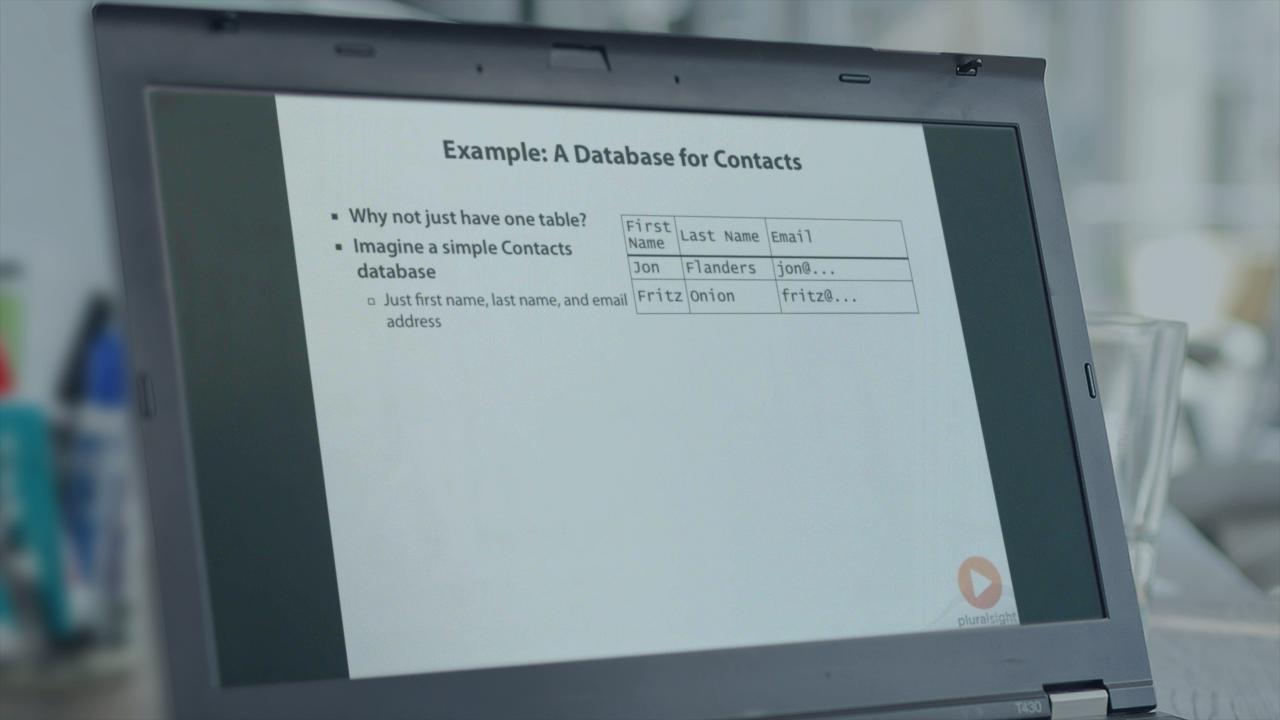- Course
Introduction to SQL
The vast majority of applications that use data, are backed by a good relational database system. This course will help to establish a base to those who want to begin learning Structured Query Language (SQL).

- Course
Introduction to SQL
The vast majority of applications that use data, are backed by a good relational database system. This course will help to establish a base to those who want to begin learning Structured Query Language (SQL).
Get started today
Access this course and other top-rated tech content with one of our business plans.
Try this course for free
Access this course and other top-rated tech content with one of our individual plans.
This course is included in the libraries shown below:
- Data
What you'll learn
Structured Query Language (SQL) is a special purpose language for interacting with relational databases. In this course, Introduction to SQL (Update), you will learn the basics of Structured Query Language. First, you will learn how to query data and shape results. Next, you will focus on creating and modifying data in your tables. Finally, you will touch on how actually modify the tables themselves. By the end of this course, you'll understand the basics of how to create and use a relational database.

